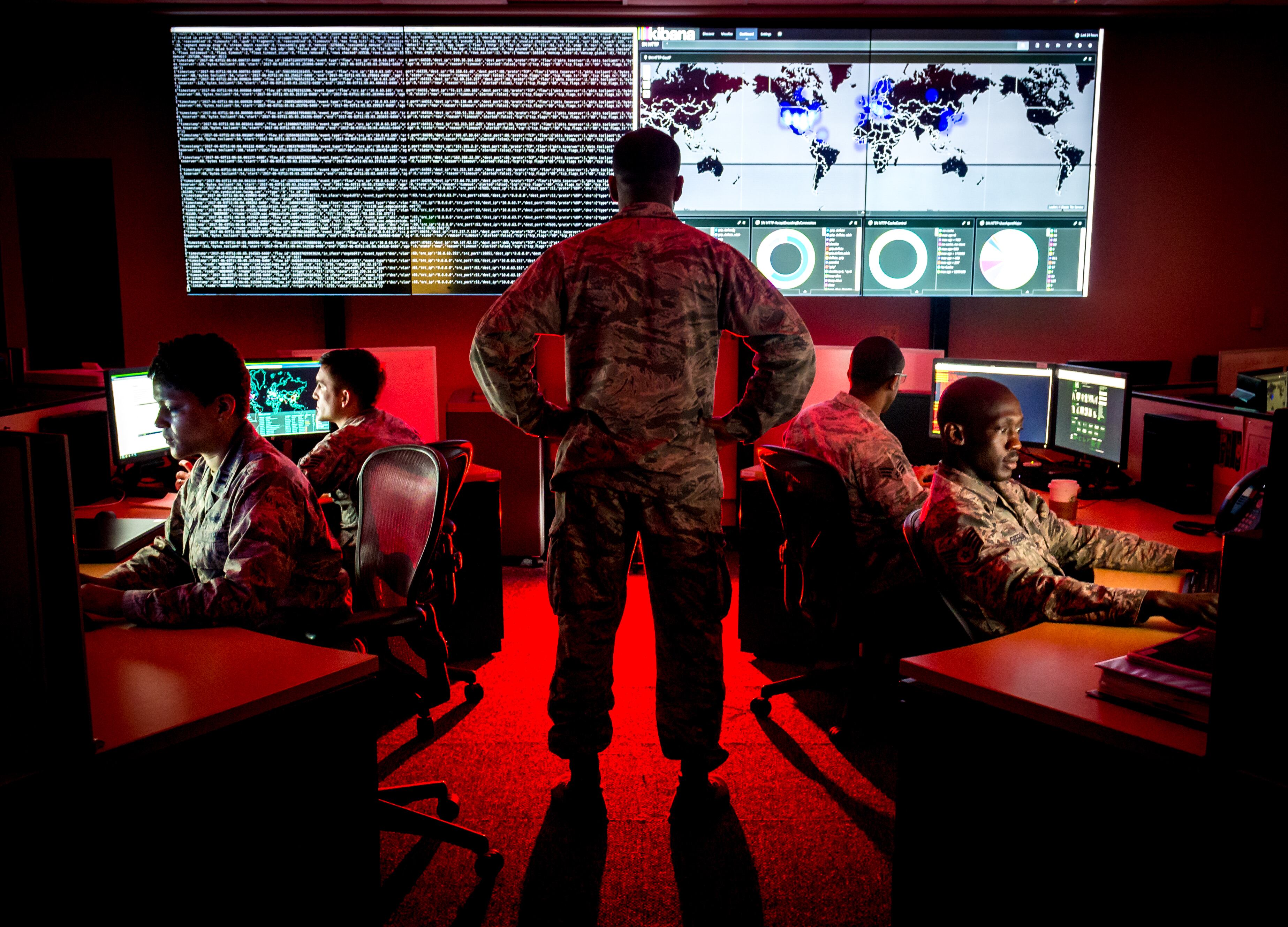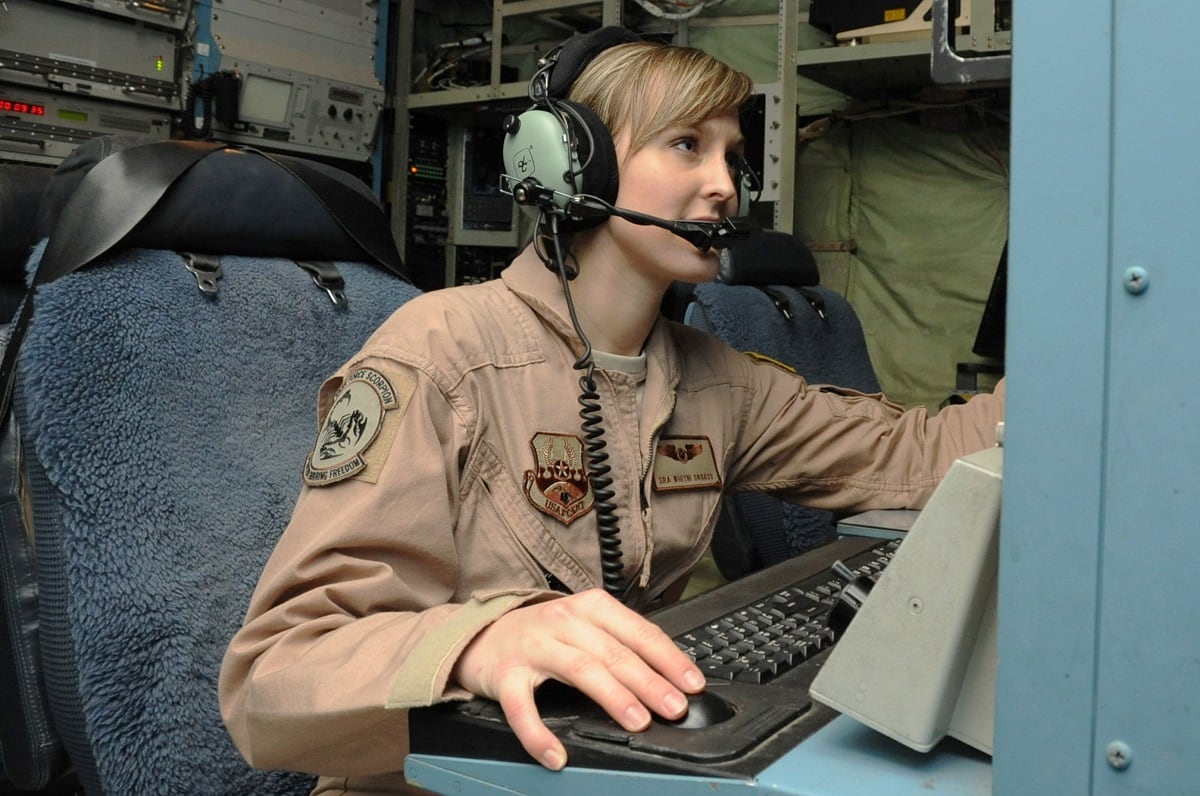WASHINGTON — The U.S. Air Force’s fresh intelligence and cyber entity at the Pentagon is adding electronic warfare to its profile, continuing to build out a more robust information warfare portfolio.
In 2019, the deputy chief of staff for intelligence, surveillance and reconnaissance added in cyber effects operations when creating the A2/6. It’s leader, Lt. Gen. Mary O’Brien, said Tuesday that while cyber and ISR are the primary focus, there are other capabilities that must converge to deliver effects in the information environment.
“It’s imperative to be able to influence the entire electromagnetic spectrum to get after our priorities,” she said Sept. 15 during a panel as part of the virtual Air, Space and Cyber Conference. “Along those lines, earlier this year the Air Force decided to realign the Air Force spectrum management office form Air Combat Command. Starting on 1 October, the Air Force spectrum management officer … is going to be on the A2/6 team.”
The mission of the spectrum management office is to both defend assets in the electromagnetic spectrum and ensure spectrum access for the Air Force and Defense Department activities in support of global missions, O’Brien said.
She noted that the move is part of the multiyear path from Headquarters Air Force to synchronize information warfare.
The Air Force embarked on this path in 2019 when it added cyber effects operations to the A2 portfolio. Next, it merged its cyber- and ISR-numbered Air Forces in October 2019 to create the first information warfare-numbered Air Force, 16th Air Force.
RELATED

The key distinction between the two is that the Air Staff focuses on the workforce, concepts, training, platforms and tools required so 16th Air Force can focus on actual operations.
The Air Force in 2019 chartered a yearlong study into electronic warfare to gain insight into how adversaries have gained an edge and what opportunities exist for the U.S. to regain its edge. In fact, the leader of that study was selected to be the vice commander at 16th Air Force.
O’Brien noted that the traditional functions of information warfare include cyber, ISR, information operations and electronic warfare, which she noted is now moving toward electromagnetic spectrum operations, which is a more all-encompassing verbiage.
Mark Pomerleau is a reporter for C4ISRNET, covering information warfare and cyberspace.






